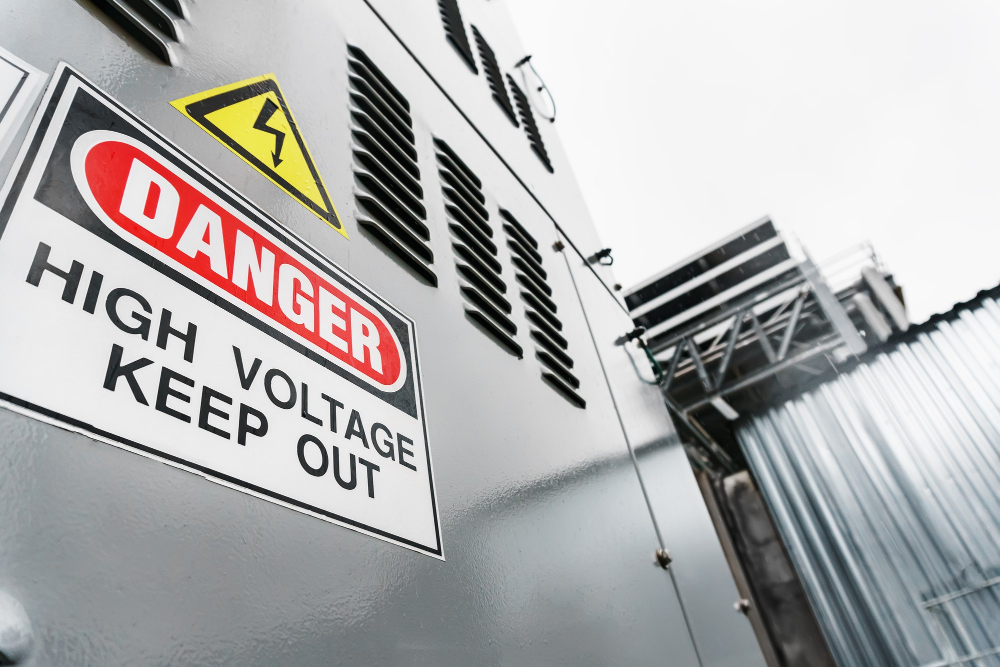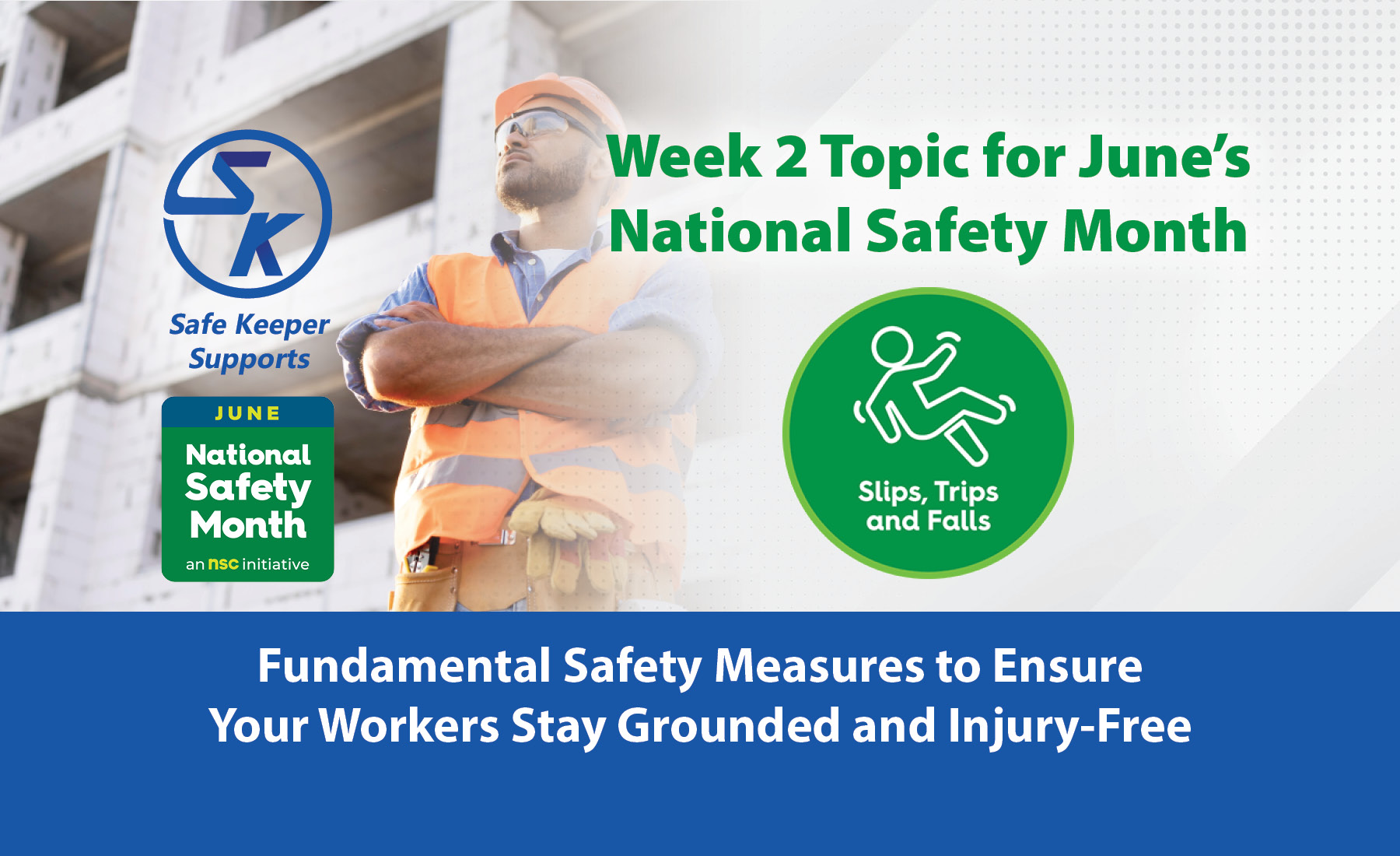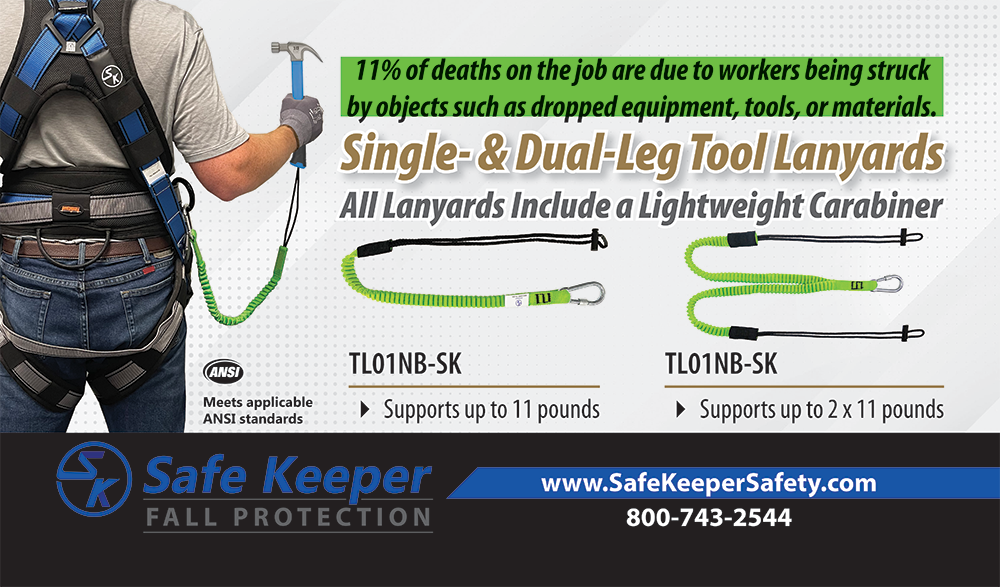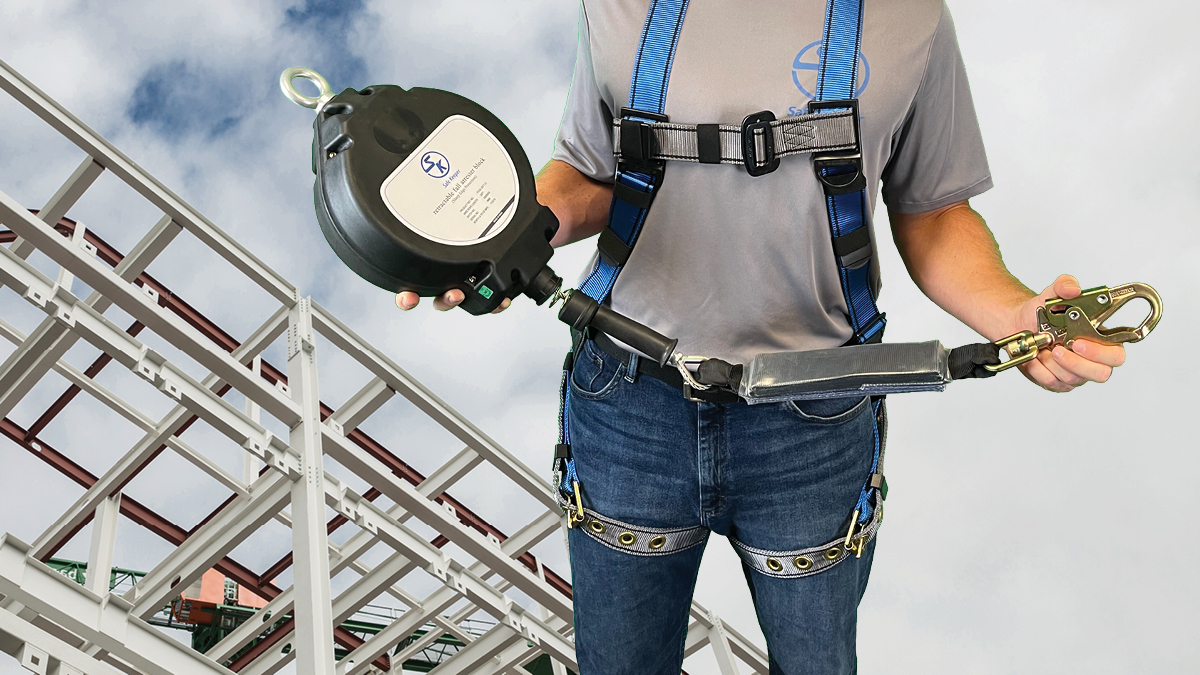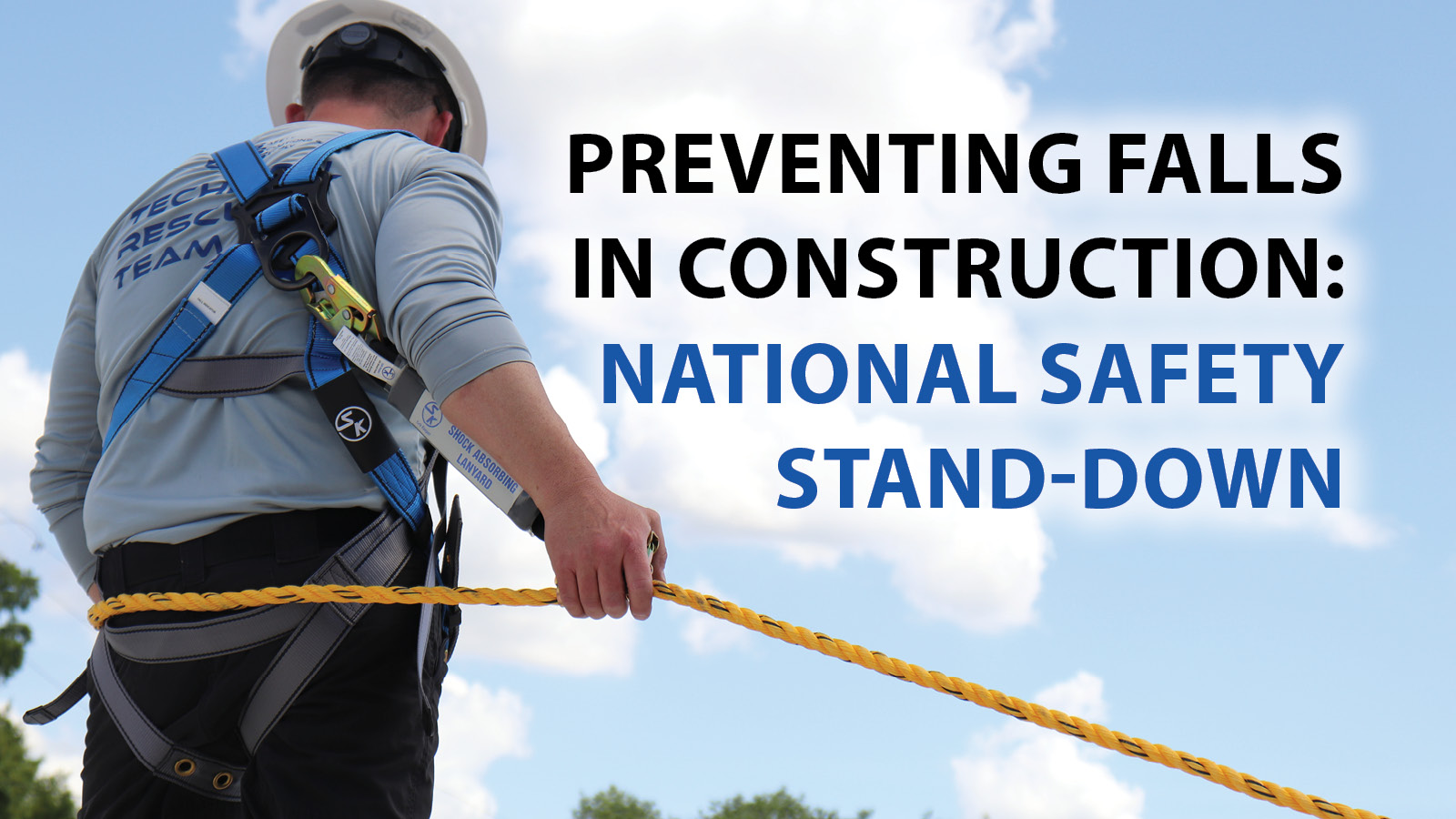Explore the best practices for worker safety concerning electricity.
Electrical safety in the workplace is an important topic. Unfortunately, there were 160 electrical fatalities in the workplace in 2018, and 54% of those fatal injuries were in the construction industry. Explore the Electrical Safety Foundation International (ESFI), a non-profit devoted to promoting electrical safety in the home, school, and workplace, best practices for staying safe around electricity in the workplace, and ensuring every employee goes home at the end of the workday.
Electrical Best Practices in the Workplace
Following best practices helps ensure that electrical injuries don’t occur in the first place. The ESFI recommends these best practices for electrical safety in the workplace:
- Arc Flash Awareness. An arc flash, also called a flashover, is an electrical explosion or discharge resulting from a connection through the air to the ground or another voltage phase in an electrical system. It creates bright light and an intense amount of heat that causes fires, severe burns, and death. It can also create pressure waves that can have a bomb-like effect. It can be caused by accidentally bridging electrical contacts with a conducting object, dropping tools when conductive dust builds up, or through corrosion. ESFI has partnered with the National Institute for Occupational Safety and Health Office of Mine Safety and Health (NIOSH) to create a video concerning arc flash awareness.
- De-energize. Working on and around energized equipment increases workers’ risk of being injured or killed by electricity. When not in use, powering down electrical equipment is the number one way to reduce electrical injuries and fatalities.
- Lockout/Tagout. A procedure to safely take a dangerous machine or equipment out of service to be repaired; part of the procedure is locking the equipment and tagging it as hazardous. According to OSHA, following lockout/Tagout procedures prevents 120 fatalities and 50,000 injuries every year.
- Personal Protective Equipment (PPE). PPE consists of safety gear to protect workers from accidents, malfunction, falls, or other injury-causing events. It includes hats, gloves, goggles, safety shoes, flame-resistant shirts and pants, safety glasses, face shields, fall protection equipment, etc. Having and wearing the correct PPE can distinguish between walking away from an electrical accident or being seriously injured.
Safe Keeper/ Safe Climber offers quality fall protection products and accessories to keep workers safe when working at heights.
